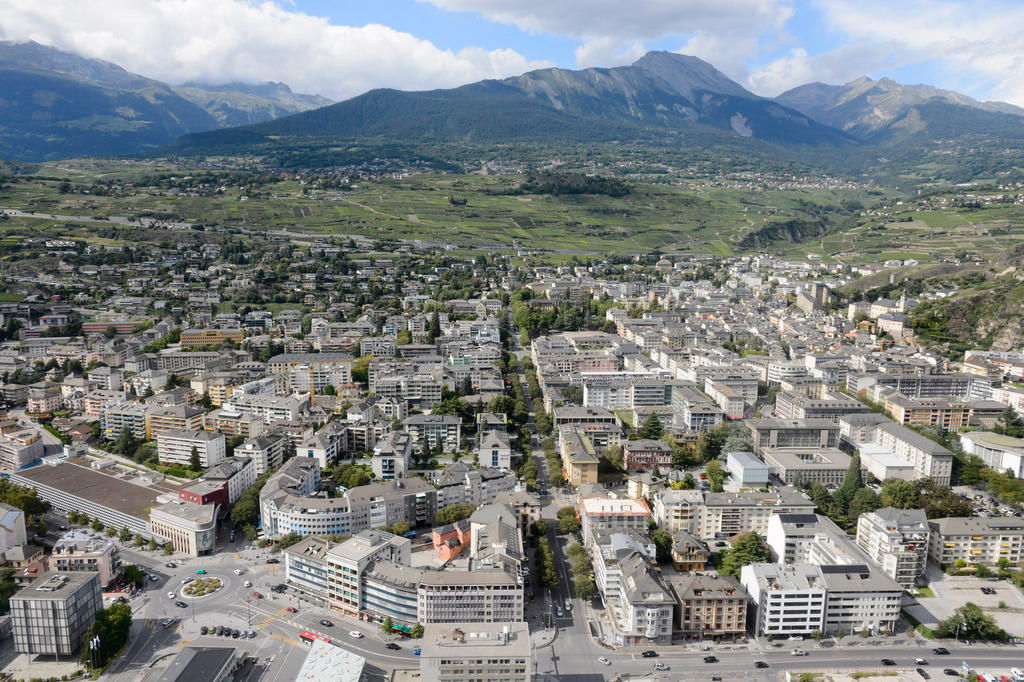
Building density does not necessarily make cities warmer

High-density building does not necessarily lead to more heat in cities. What matters is how the spaces are organised, says a researcher at the Swiss Federal Institute of Technology Zurich (ETH).
+Get the most important news from Switzerland in your inbox
“Densely built-up neighbourhoods with well-placed greenery and lots of trees – as in some areas of Geneva – can be more pleasant than open but less shady and poorly ventilated settlements such as Schönberg in Freiburg,” writes Jan Carmeliet, professor of building physics, in an article published by the university on Thursday.
+ How to keep cities cool during heatwaves
In the past, densification too often meant more living space at the expense of green space, which reduced thermal comfort and increased the risk of heat stress, Carmeliet says. It is therefore widely believed among urban planners, authorities and researchers that urban densification inevitably leads to higher temperatures.
“I myself conduct research on heat reduction in cities and I think this assumption is wrong,” he adds. “The problem is not density itself, but how we organise it.” In his view, thermal comfort is created through the interaction between the shade provided by buildings and trees, free ventilation and the cooling of vegetation. This interaction requires an integrated approach that takes into account the needs of each neighbourhood, the local climate and the available space and resources.
Densification is necessary to save scarce land. But it must not be at the expense of quality of life. If we build cities that not only offer more living space, but also more shade, air, green space and nature, then densification is not a step backwards, but a sensible key to a climate-resilient future, Carmeliet concludes.
As part of the SWICE project – sponsored by a promotion programme of the Swiss Federal Office of Energy (SFOE) – the heat load of the neighbourhoods of Geneva and Fribourg was analysed and how different greening and densification scenarios affect comfort.
The project comprises six Living Labs, where researchers work together with residents, authorities, property managers and urban planners to develop and test strategies to combat urban heat.

More
When a tree is worth more than air conditioning
Translated from Italian by DeepL/mga
We select the most relevant news for an international audience and use automatic translation tools to translate them into English. A journalist then reviews the translation for clarity and accuracy before publication.
Providing you with automatically translated news gives us the time to write more in-depth articles. The news stories we select have been written and carefully fact-checked by an external editorial team from news agencies such as Bloomberg or Keystone.
If you have any questions about how we work, write to us at english@swissinfo.ch

In compliance with the JTI standards
More: SWI swissinfo.ch certified by the Journalism Trust Initiative




























You can find an overview of ongoing debates with our journalists here . Please join us!
If you want to start a conversation about a topic raised in this article or want to report factual errors, email us at english@swissinfo.ch.